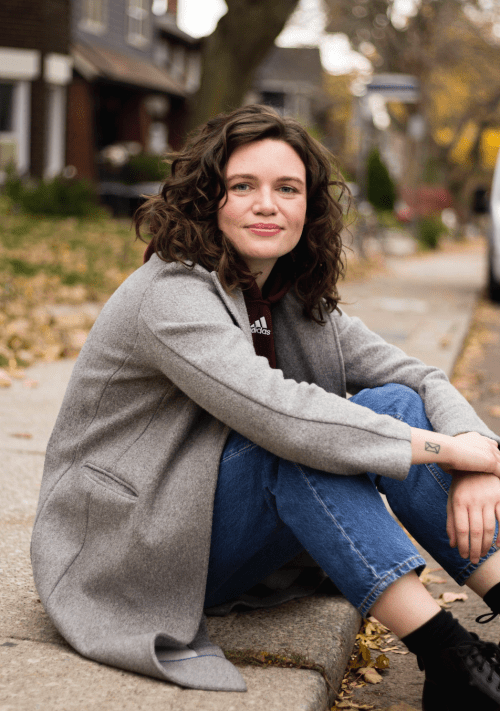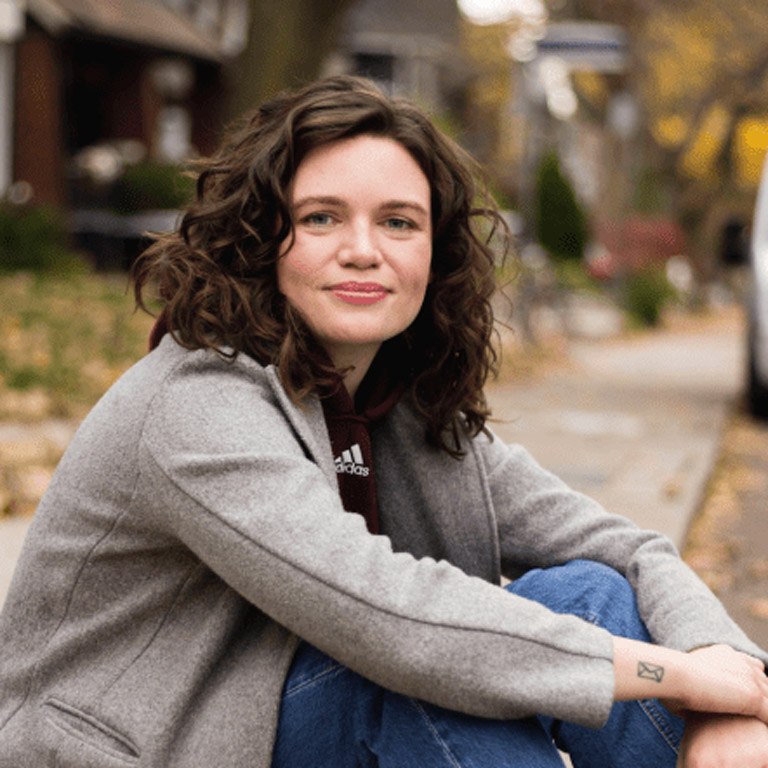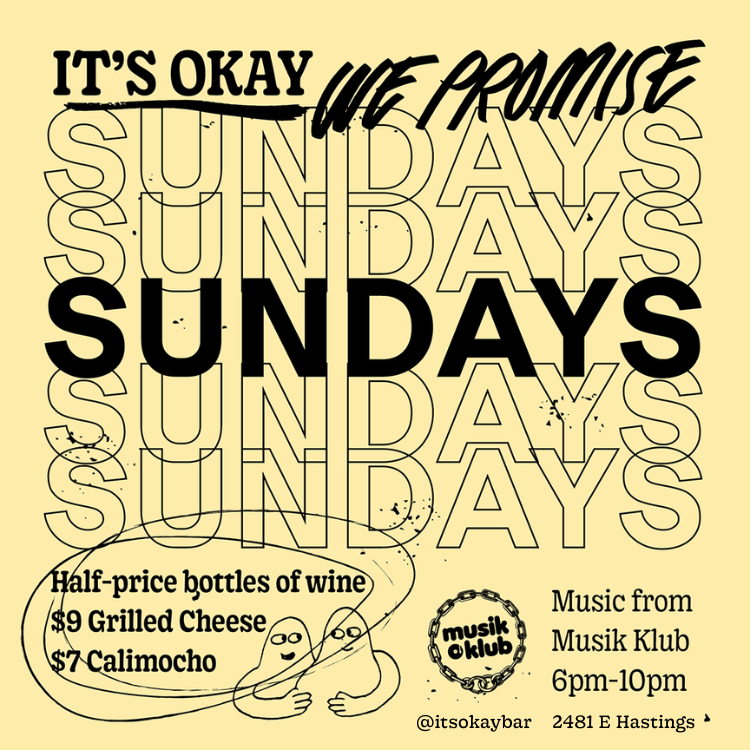Cate Blanchett and Rooney Mara in Carol.
By Maighdlin Mahoney
@maddymahoney
Last month, Saturday Night Live aired a skit that has now been sent to me by about half the queer women I know. The skit – “Lesbian Period Drama” – was a mock-commercial for a lesbian period film, featuring the obligatory “glance choreography” alongside “the world’s saddest flirting.” Beyond being hilarious, I think the skit hits home because this archetype is all too familiar to anyone following queer women’s representation in popular films. A film about two women, set in ‘the past,’ where they spend the bulk of the time being queer and miserable about it.
As we approach the anniversary of the release of Carol, one of the first in this now recognizable genre, it’s hard not to wonder why these films, despite their critical acclaim, are such a consistent eye-roll for queer women viewers? And further, what impressions about queer femininity emerge out of the conventions of this genre?
Since Carol, which was released in 2015, the two most prominent lesbian period dramas have been Portrait of a Lady on Fire and Ammonite, released in 2019 and 2020 respectively. When looked at together, it’s clear that a lot of the cringe factor comes from the remarkable consistency of the lesbian period drama trope.
It starts with two women, initially strangers, at least one of whom is in the midst of something tragic. In Carol, Carol is going through an agonizing divorce and custody battle, in Portrait of a Lady On Fire, one of the protagonists, Héloïse, has just lost her sister to suicide and Charlotte, in Ammonite, has recently miscarried. Having a hard time is, as we know, what often leads people into lesbianism.
Oh, and importantly, it is against the rules for the romantic leads to have the same hair color. And, need I mention, they both have to be white.
The majority of the films then consist of ambiguous glances and tense, sparse conversations. It makes me suspect that if we didn’t go in with the understanding that these movies were lesbian movies it might not be obvious that the two protagonists were supposed to have chemistry. They might just seem like two women who are indifferent towards one another at best, if not slightly antagonistic.

Eventually they give in and have sex, which generally ushers in something bad (because we all know that lesbian sex = consequences). Then, bizarrely, all three of these films end with a scene of the two protagonists staring at one another across some distance – a final reminder that maybe it’s the few metres separating these women, more so than the women themselves, that stars in these films.
It’s not that any one of these films are ‘bad,” per se. Frankly, all of them have their strengths. It’s more that taken as a genre, as a popular genre, I worry about what returning again and again to this trope tells viewers about queer women.
Firstly, I think it implies that in order for lesbians to be taken seriously they have to be sad, and especially sad about being lesbians. The stress of not wanting to be a lesbian does seem to be the central character, and keeps the protagonists at a healthy distance most of the time. While some films that centre lesbian storylines, like last year’s The Happiest Season, show lesbians being funny or even happy (god forbid), they don’t tend to be considered for prestigious awards or aired at film festivals. Don’t get me wrong, I love a Hallmark-style lesbian Christmas movie but it does make me wonder – will queer women ever get to be happy and critically acclaimed?
The ‘period’ aspect is also suspect because they’re not set in just any period; they are always set in historical moments where queer femininity is exceptionally taboo. Of course there’s some truth to this – there have been plenty of times and places where being a queer woman was extremely difficult, and New York in the 1950s or Lyme Regis in the 1840s fit that description. But it’s not as if that’s been true in every time and place for all of history – so where are the period films where lesbians are finding ways to be lesbians without all the misery? Where’s the lesbian period drama set in Berlin in the 1920s, or during the relative sexual freedom of the Renaissance, or 1990s New York (not to mention the possibility of moving beyond white-centric settings)? Yes, there have often been difficulties for queer women, but it has not always been the worst thing, and you certainly wouldn’t know that from watching the lesbian period dramas that exist right now.
I think the greatest danger of watching the lesbian period drama without any critical thinking is that we might accept this single story of queer femininity, the one where it’s a blur of difficulties and sadness consistent throughout history. Maybe that’s how Hollywood envisions lesbians, but queer women know that there’s more to the story. After all, it’s just women liking other women! I promise it can be a good time. Sometimes, we even get together without the impending doom! I’m just still waiting to see the film where we get it all – the acclaim, the humour and the drama, and maybe even a little happiness…

Maighdlin Mahoney (she/her) is a writer with a background in theatre creation, production, and performance. As a writer, her work can be found in publications like CBC Arts, This Magazine, Loose Lips Magazine, and Shameless Magazine. In theatre, her work includes co-producing, co-creating, and performing in the award-winning Nasty (Toronto Fringe 2017, Feminist Fuck It Fest 2018).




